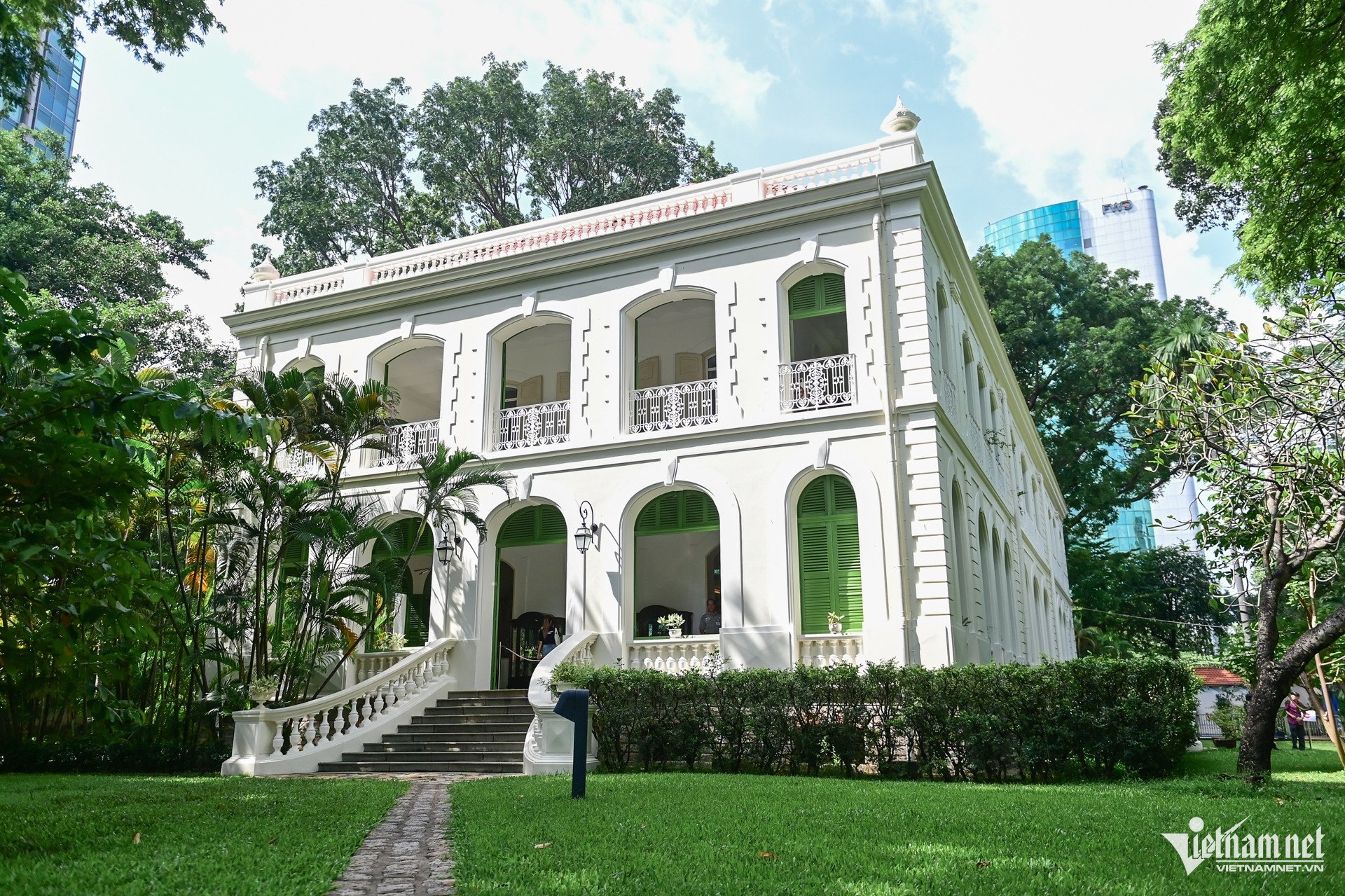
The French Consul General's Palace in Ho Chi Minh City (Le Duan, Saigon Ward) was built in 1872, at the same time as Notre Dame Cathedral, Independence Palace, and the City Post Office . On September 20, on the occasion of European Heritage Days, the Palace opened its doors, welcoming about 1,500 visitors.
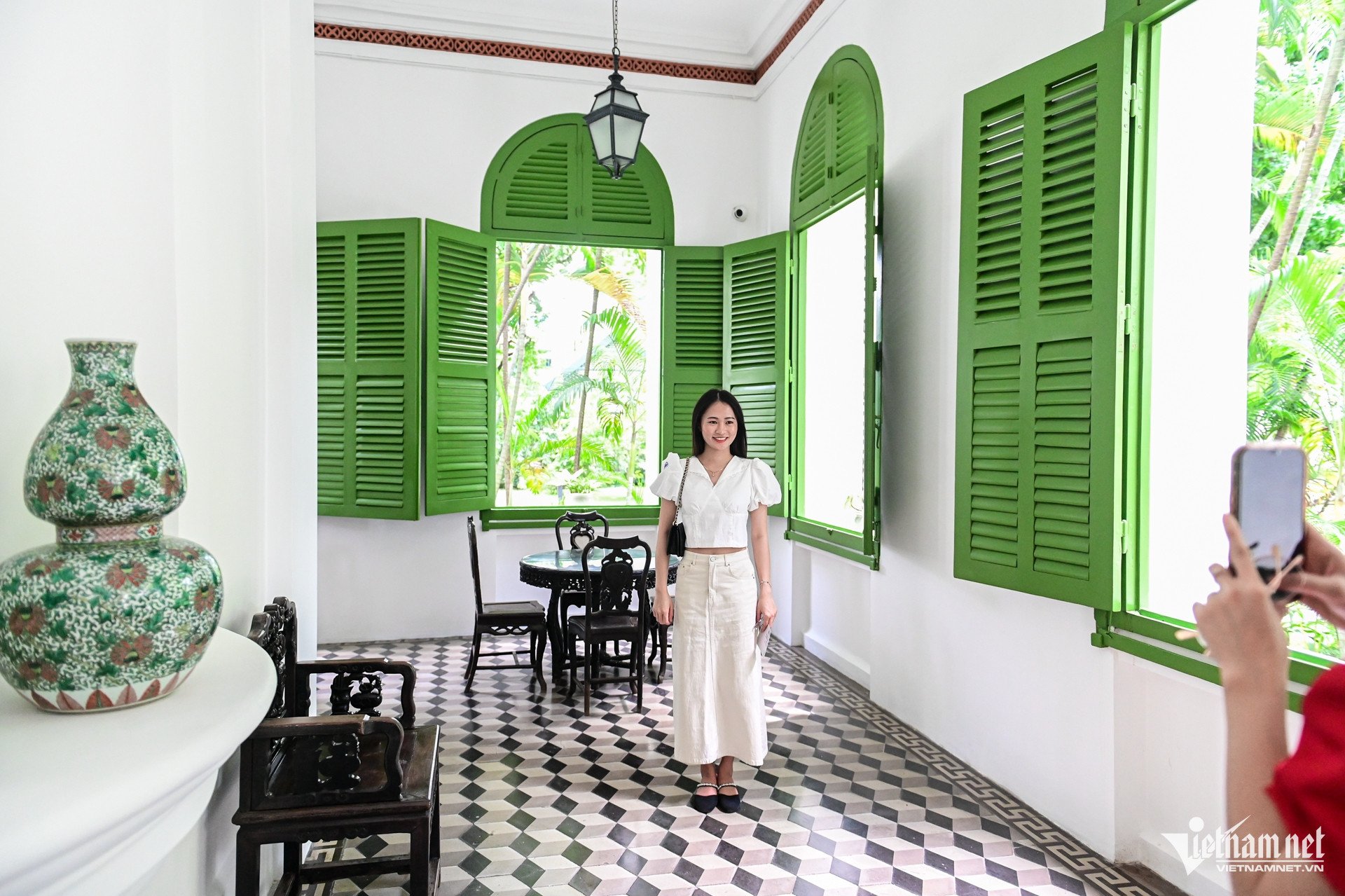
Young person Dang Thi Ut Pha said she was very excited to visit the French Consulate General's Palace for the first time - an architectural work bearing the strong mark of 19th-century Indochina.
"I have been looking into it for a long time and had to register quickly so as not to miss the rare opportunity of the year to visit this mansion," Pha shared.
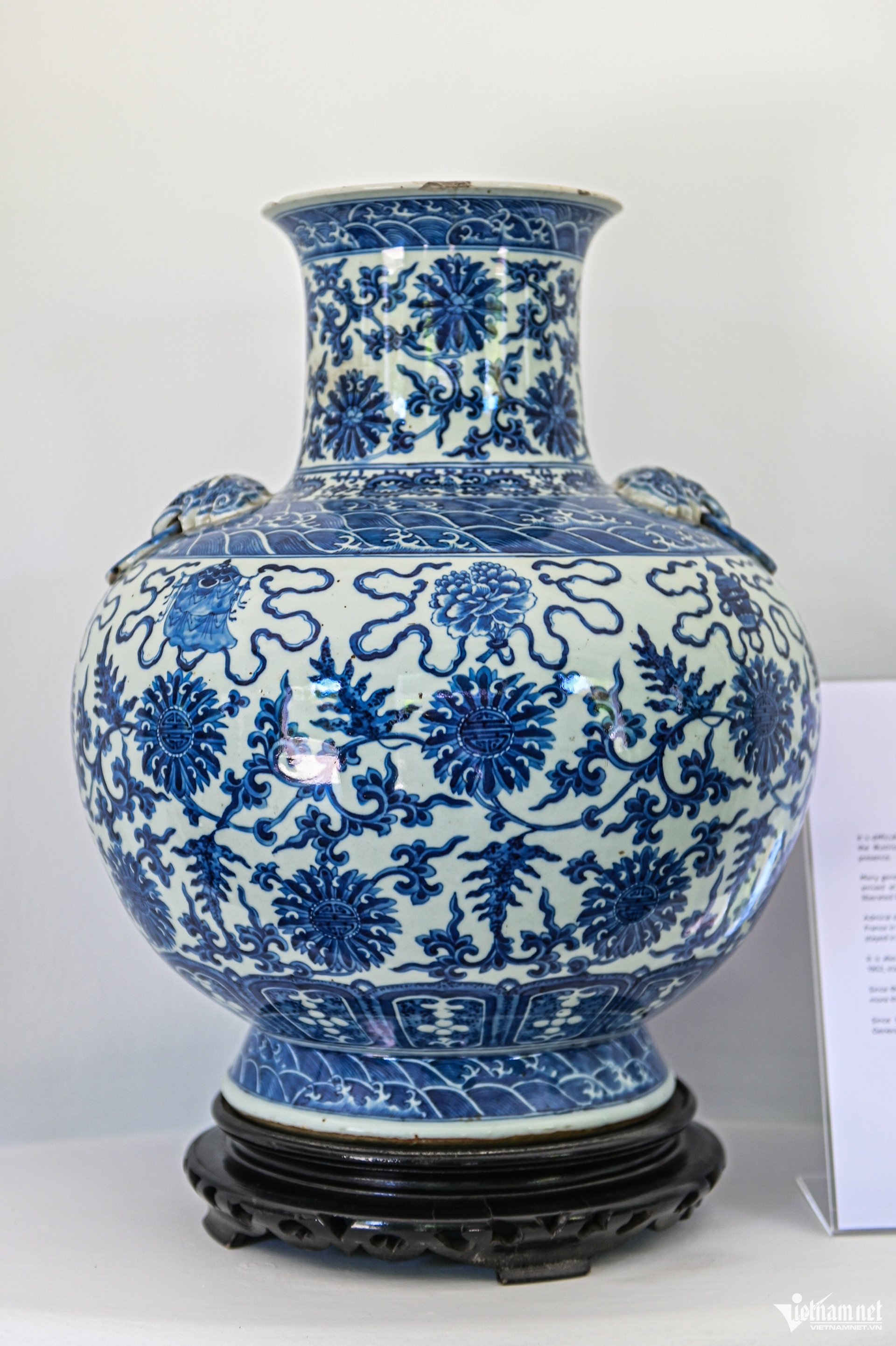 | 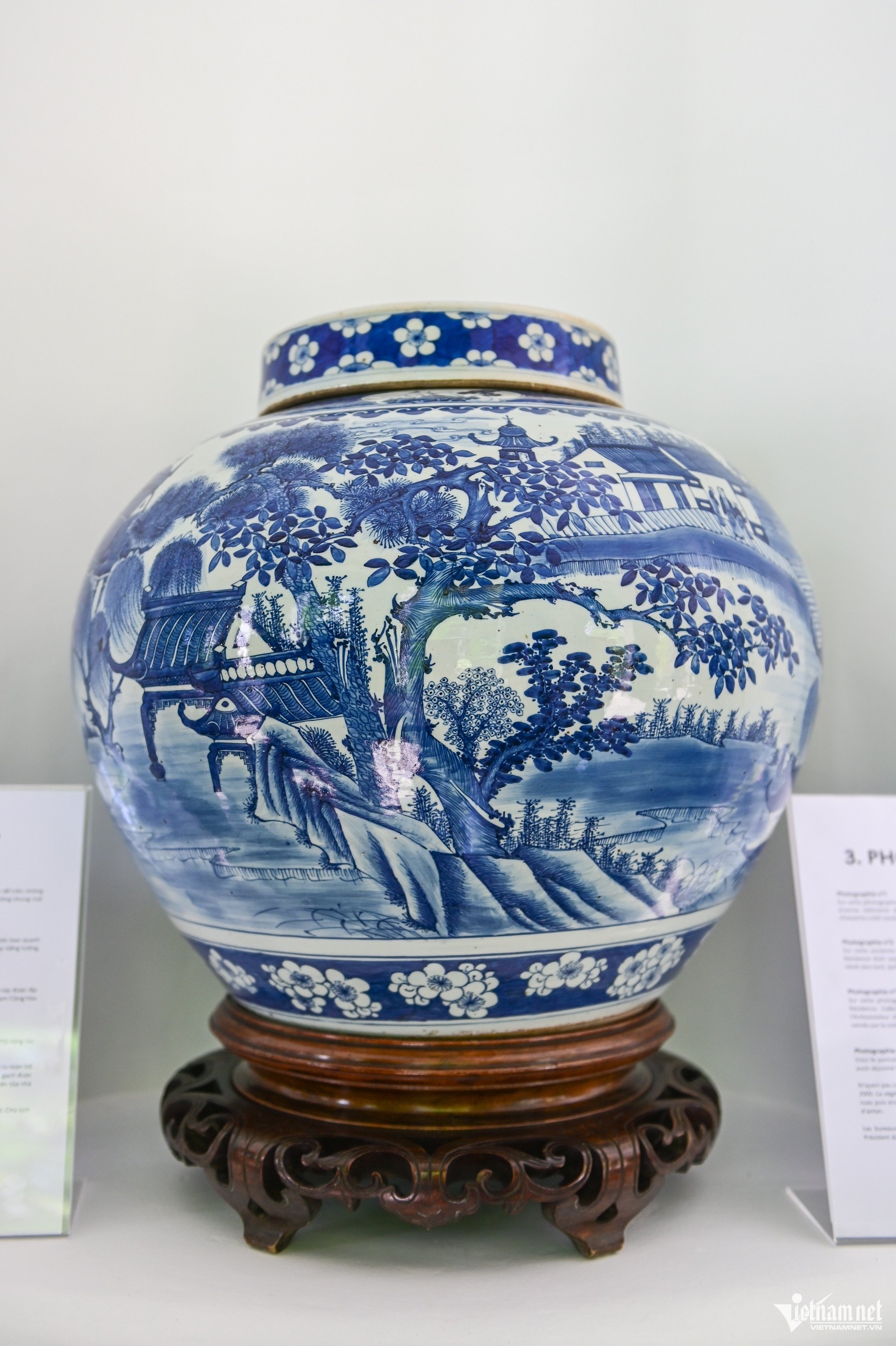 |
Along the corridor are displays of ceramics that may have been crafted in Vietnam during the 19th and 20th centuries.
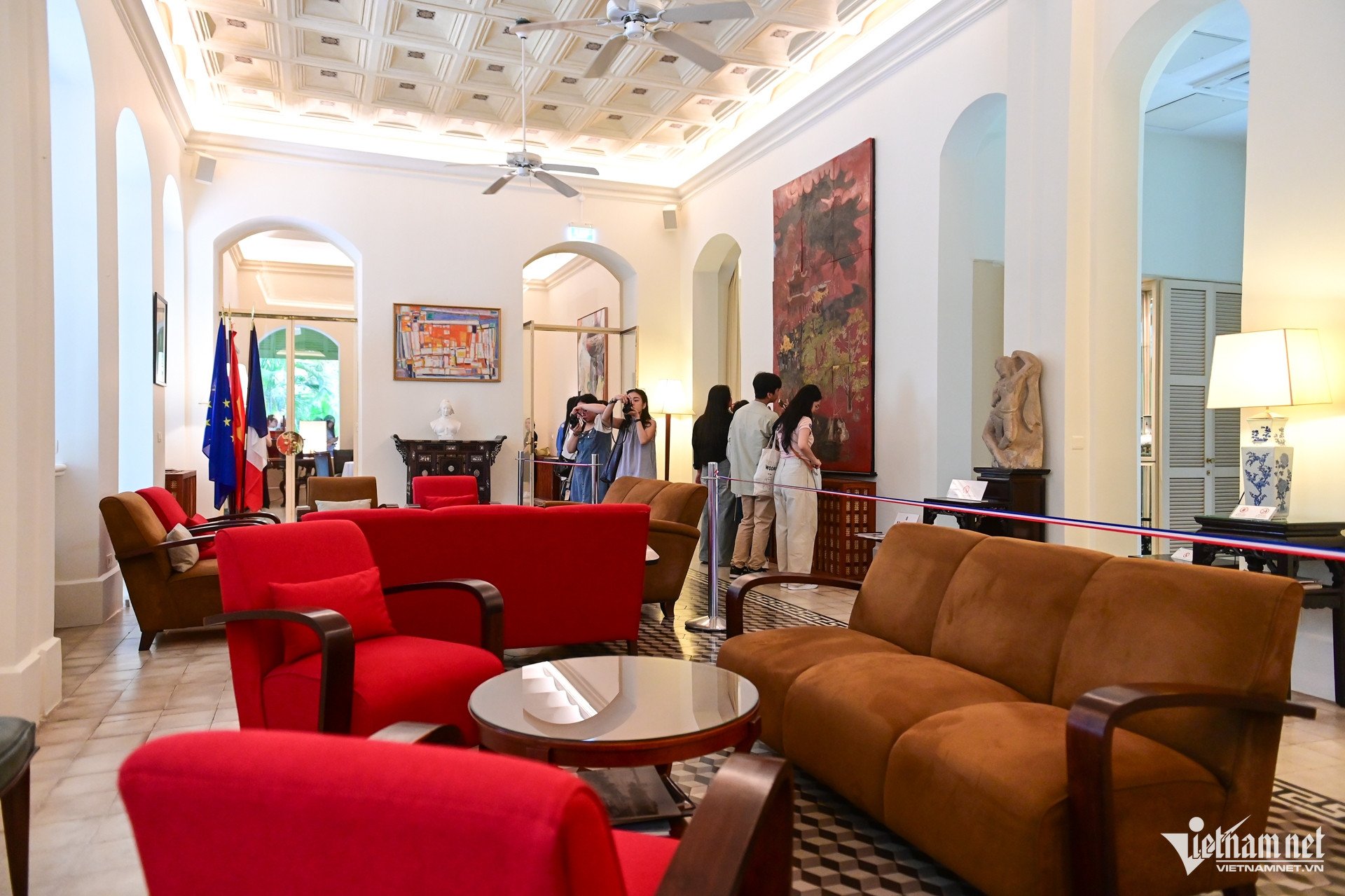
The centerpiece of the residence is the stateroom, which is often used for events held by the French Consulate General. The interior of the room is a mix of Eastern and Western cultural objects.
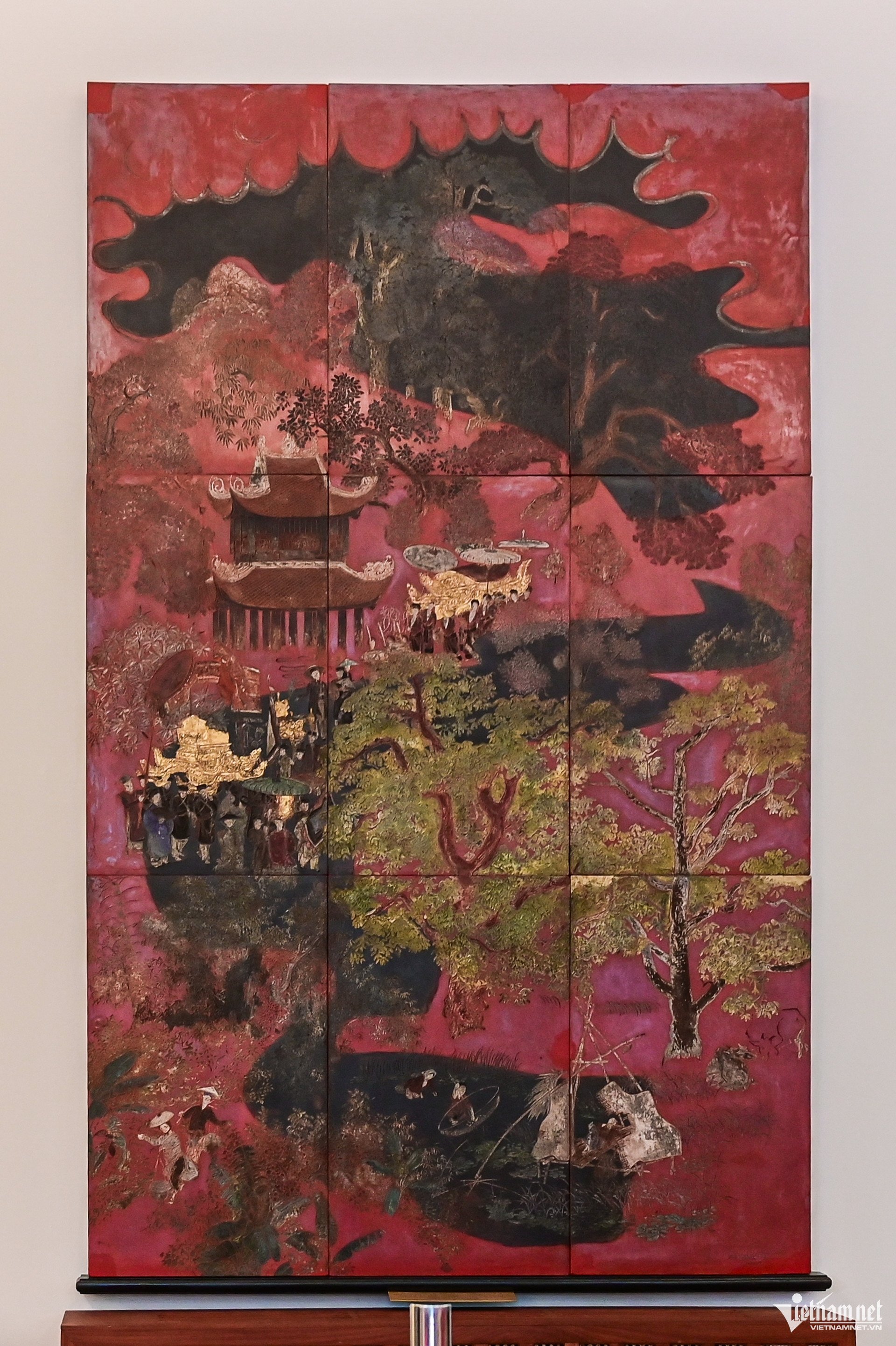
The highlight is the large-scale lacquer painting "Procession" in the village by artist Nguyen Gia Tri (1908–1993), completed in 1939, consisting of 9 panels, measuring 3m x 1.8m. The work was restored in 2013 with funding contributed by the French community living and working in Vietnam.
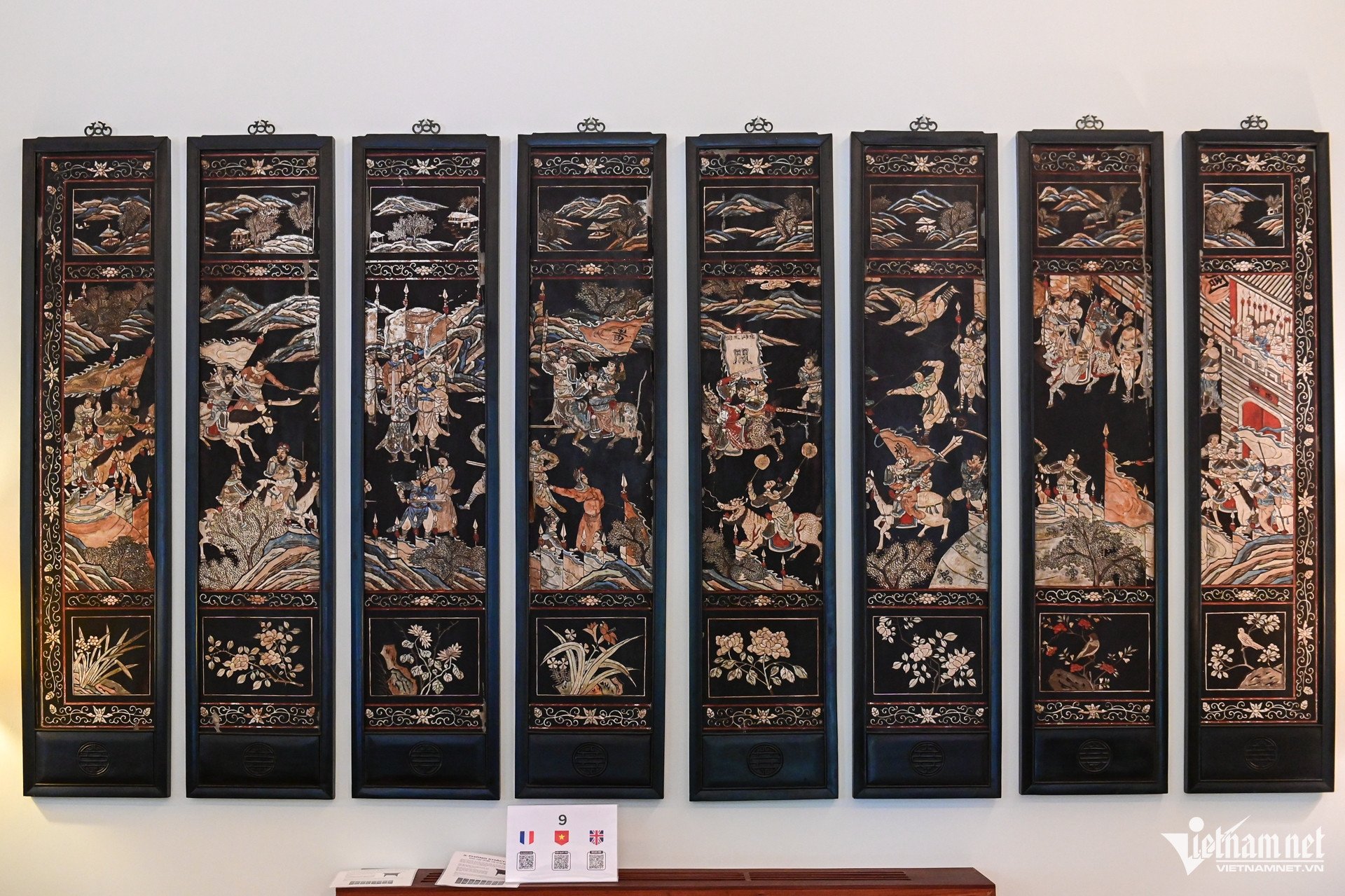
Lacquered wooden screen, consisting of eight separate panels, is displayed on the wall of the reception room.
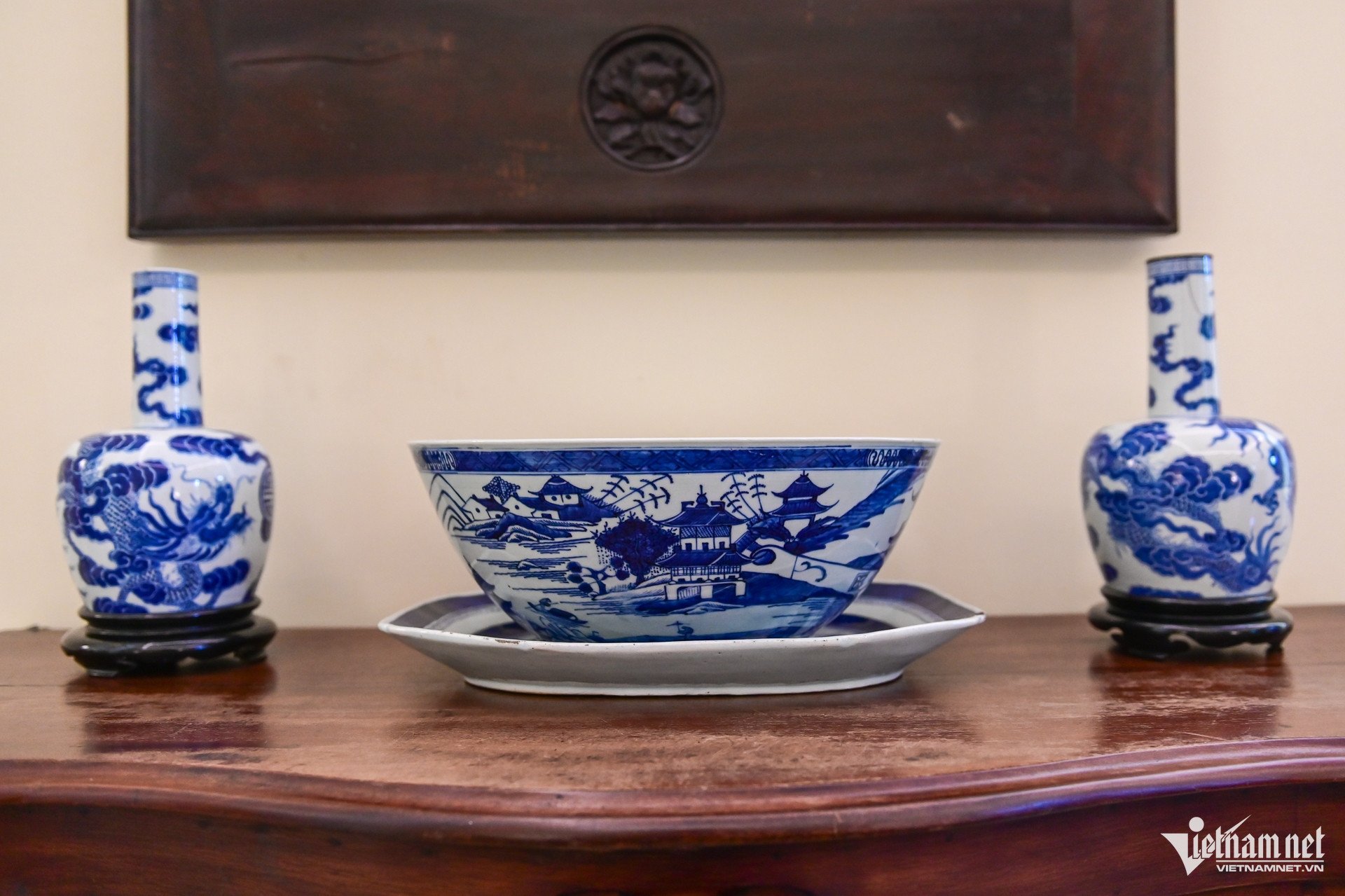
The small dining room also displays porcelain with cobalt blue patterns, arranged on wooden furniture, called " Hue Blue". The patterns and shapes on each item are individually designed, reflecting the aesthetics of the royal court.
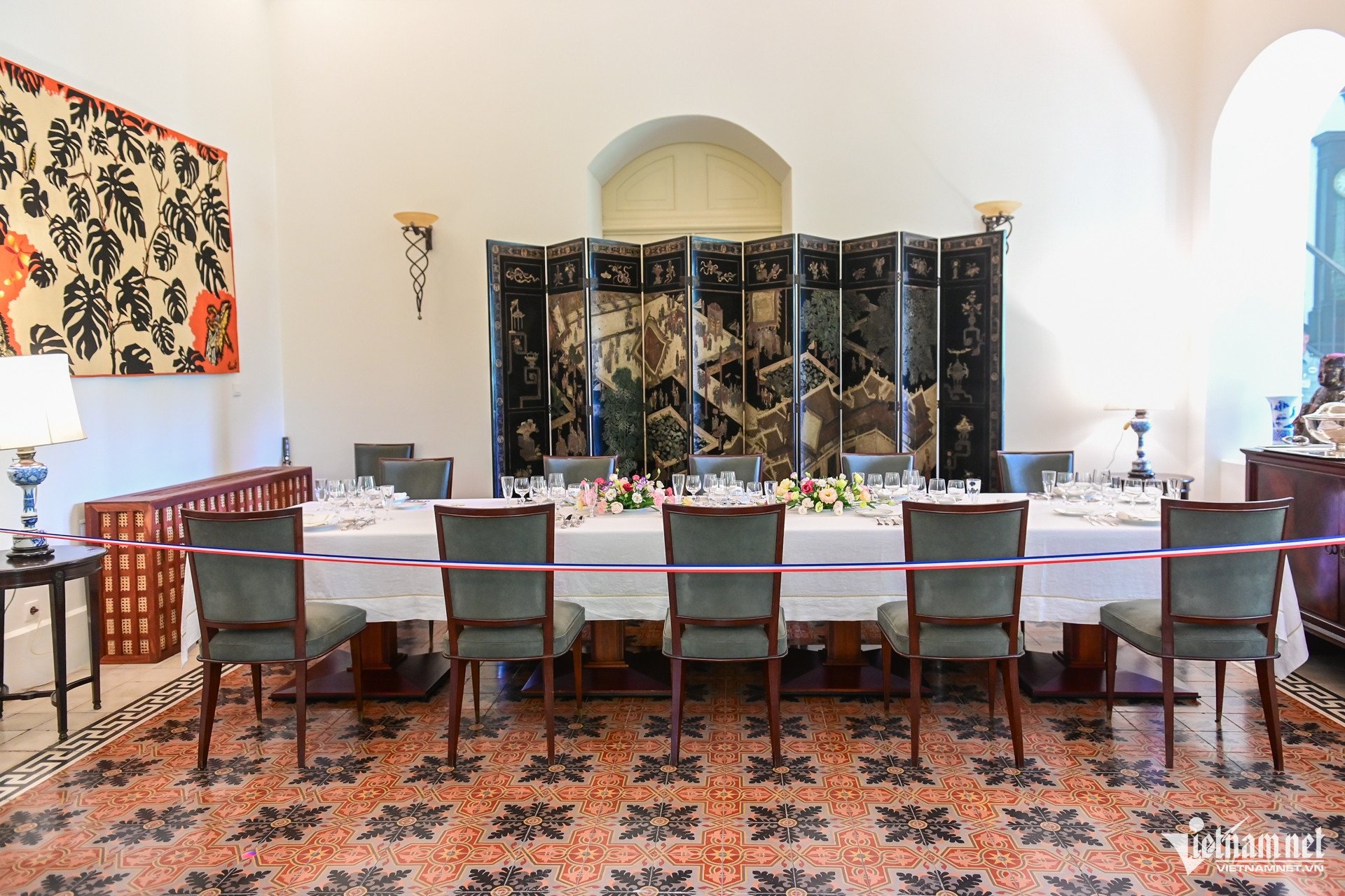
The mansion's grand dining room, where the consul general welcomes guests during receptions. Here visitors can learn how to arrange and use the items on the "French" dining table.
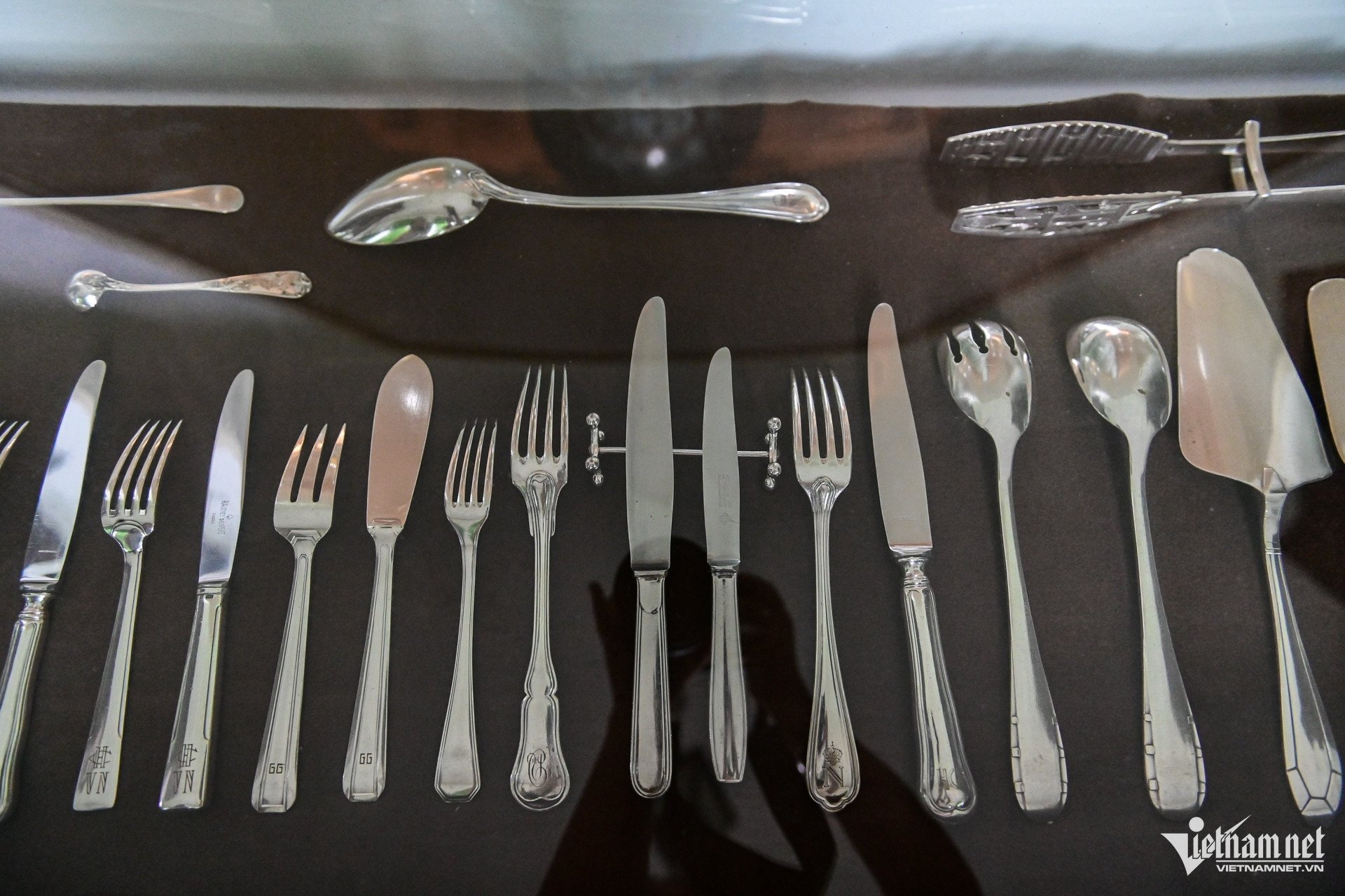
Kitchen utensils, tableware, cups and plates... brought over by the French. The items are made of silver and have initials indicating the periods in which they were made.
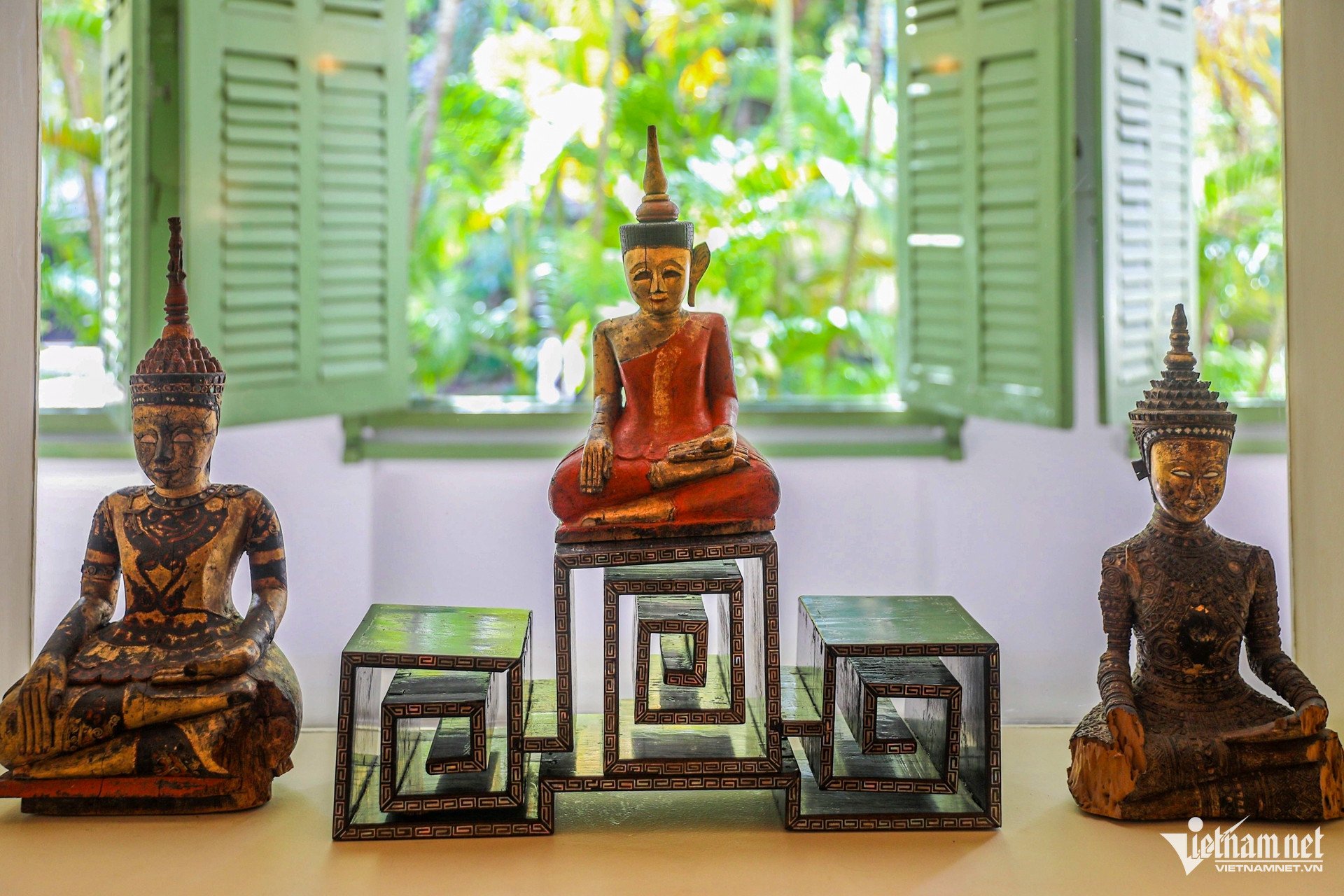
The seated Buddha statues, made of gilded wood, in the mansion's grand dining room. The artworks are believed to have originated in Thailand.
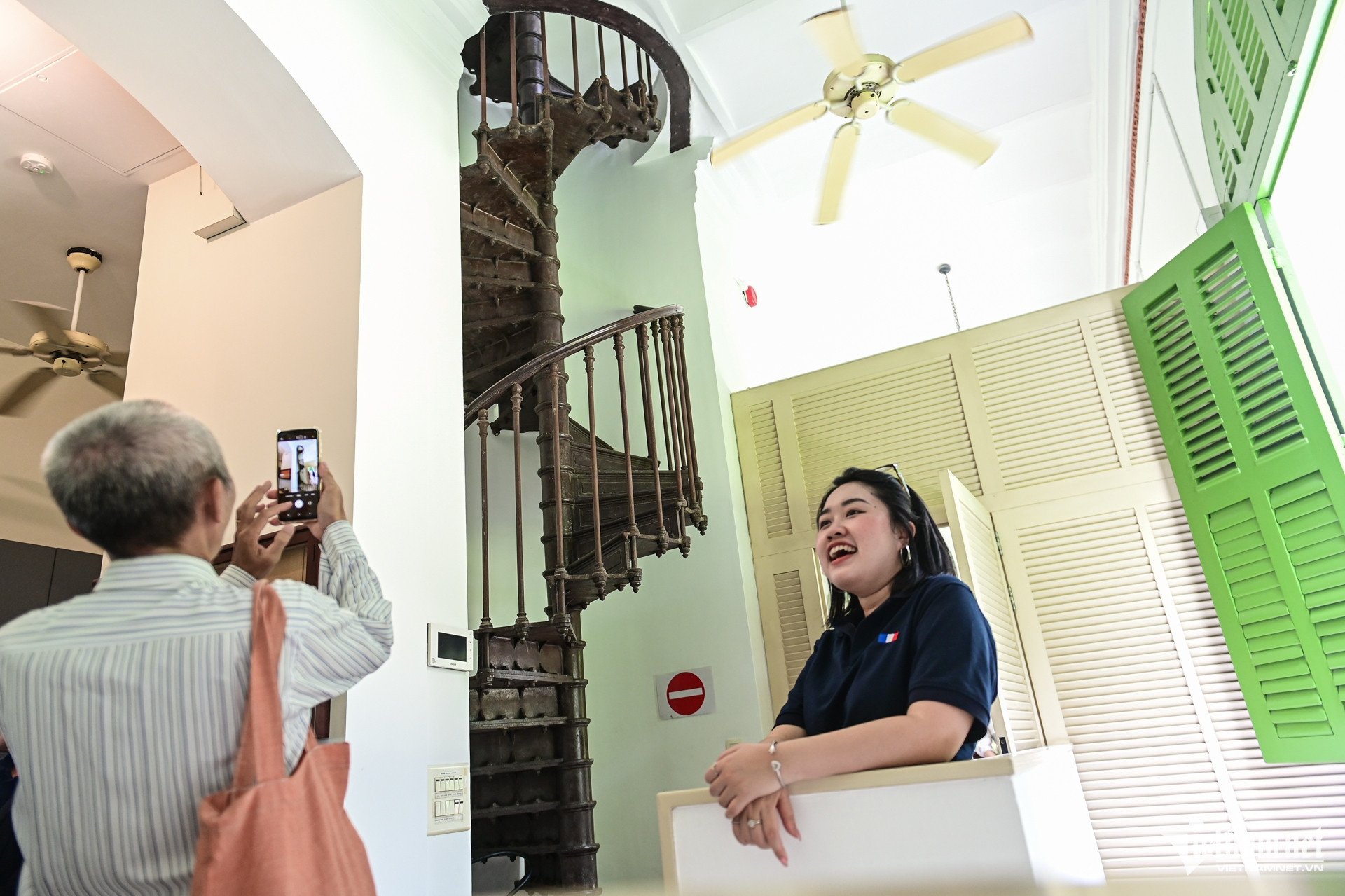
The spiral staircase in the kitchen area once belonged to a ship before being dismantled and brought to the mansion, and has a structure identical to the works of architect Gustave Eiffel, the "father" of the Eiffel Tower in Paris.
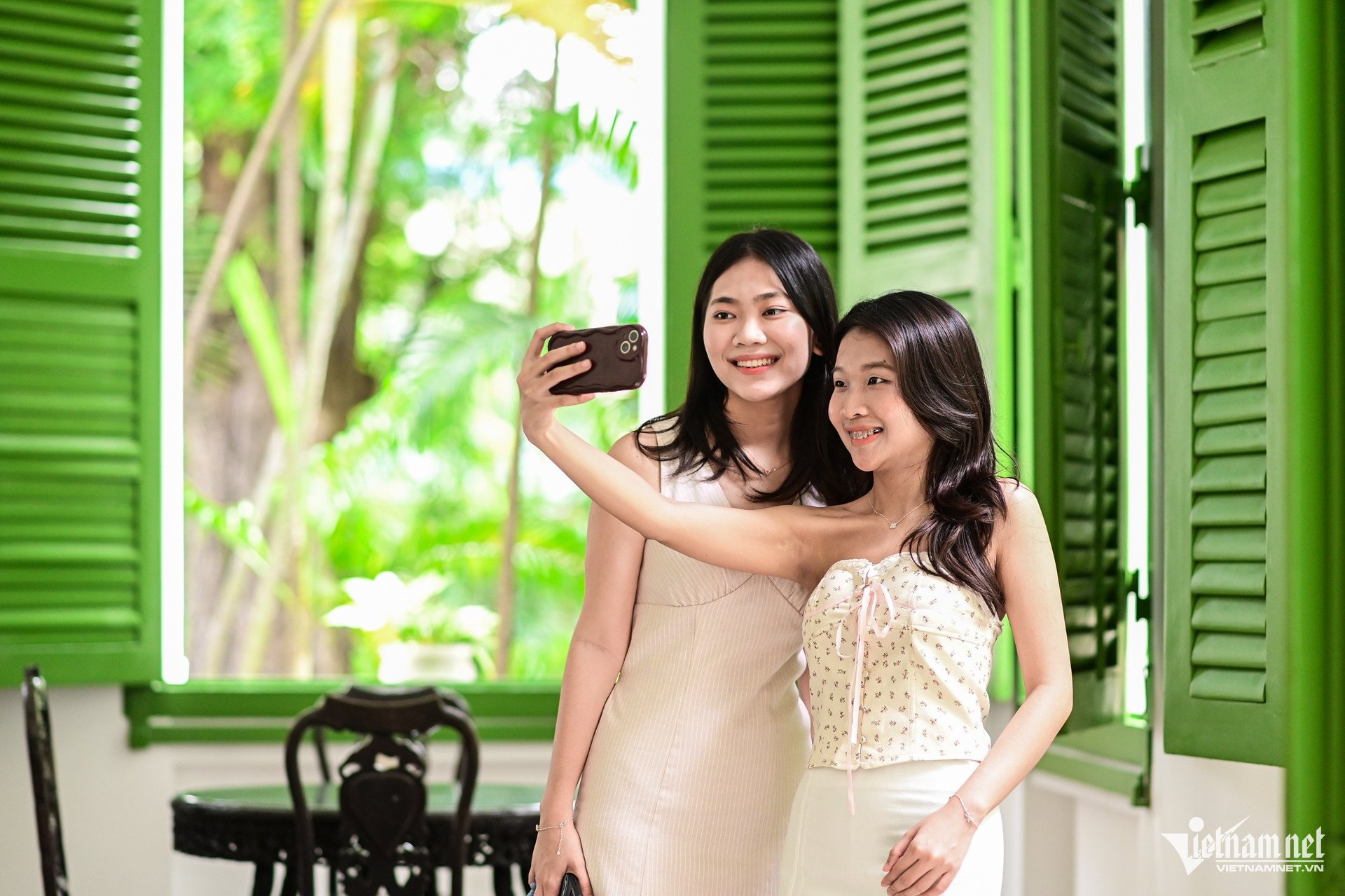
Van and Thao were impressed with the building's green windows, especially the shutters that could open and close.
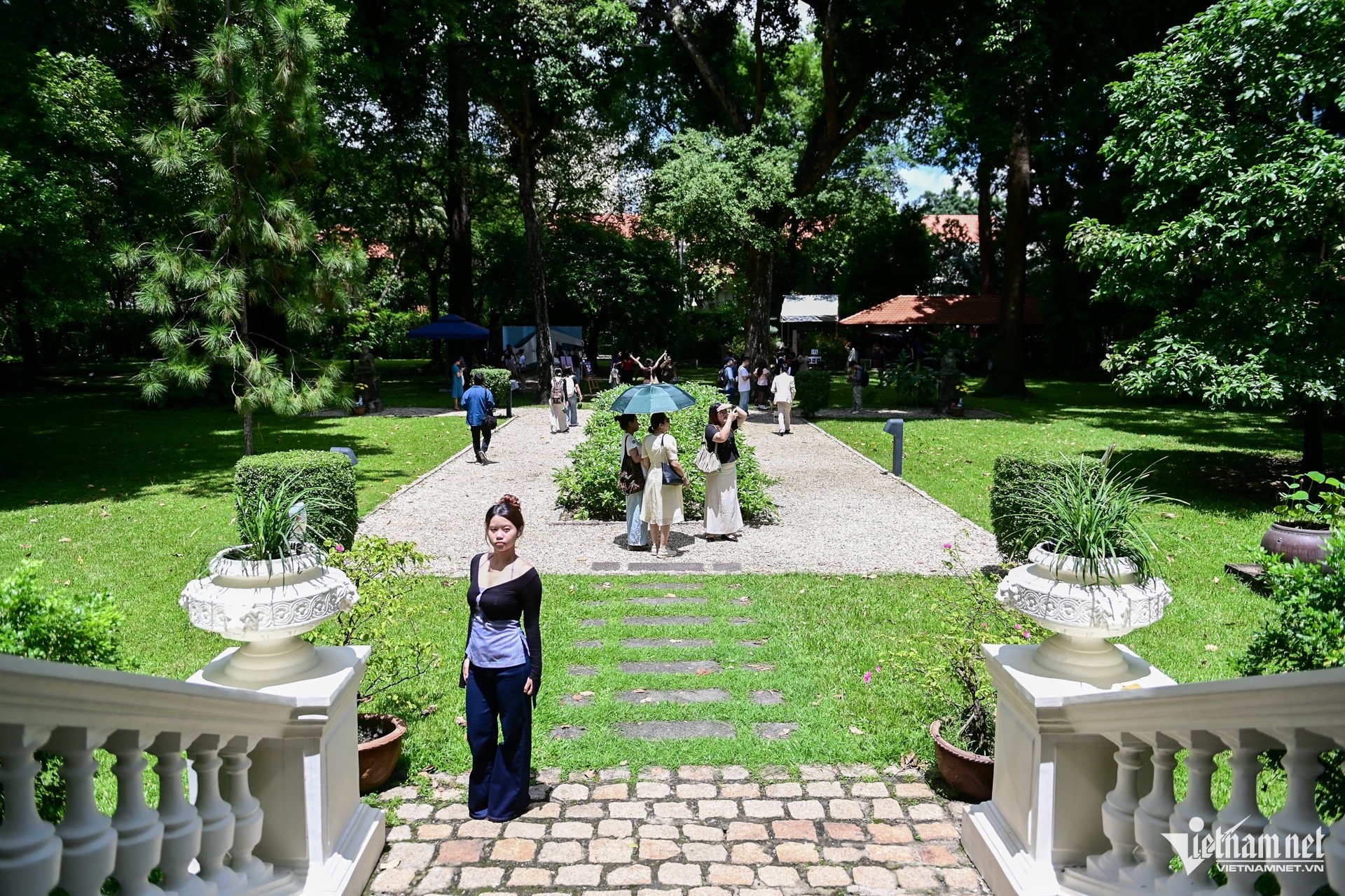
Outside is a garden of more than 1.5 hectares that was renovated in 2000, at the same time the building was restored.

Source: https://vietnamnet.vn/ben-trong-tu-dinh-tong-lanh-su-phap-hon-150-tuoi-o-tphcm-2444543.html




![[Photo] Prime Minister Pham Minh Chinh chairs the 16th meeting of the National Steering Committee on combating illegal fishing.](https://vphoto.vietnam.vn/thumb/1200x675/vietnam/resource/IMAGE/2025/10/07/1759848378556_dsc-9253-jpg.webp)












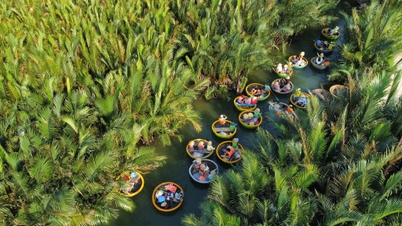

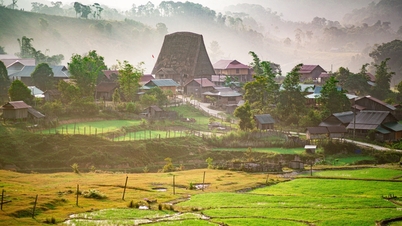












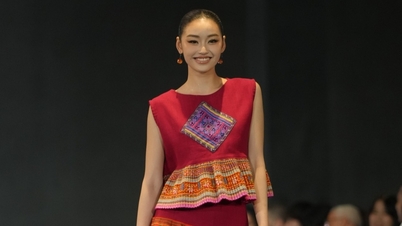
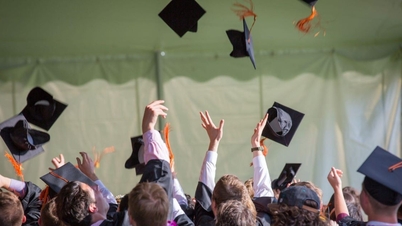
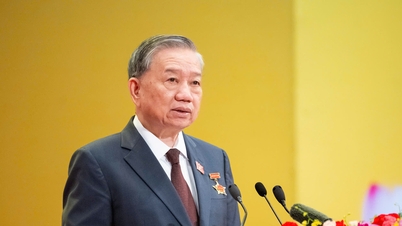























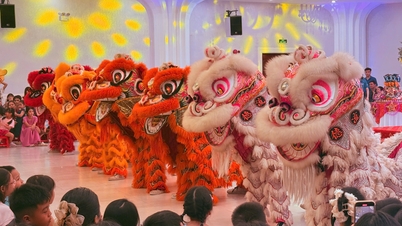












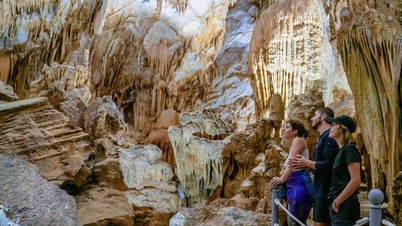

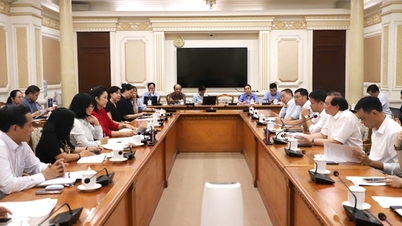





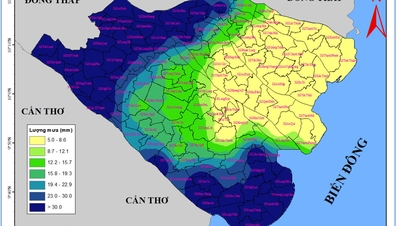



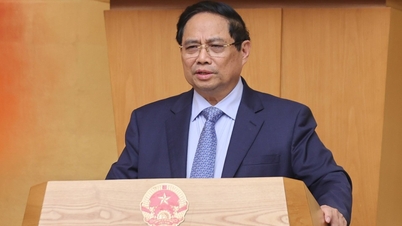

















Comment (0)